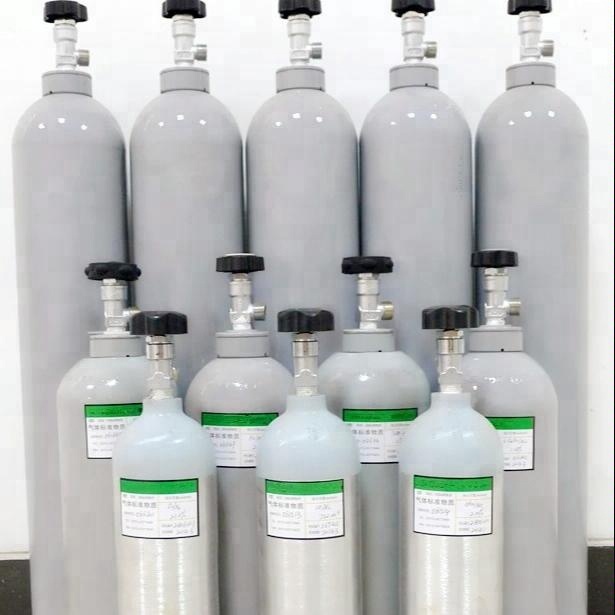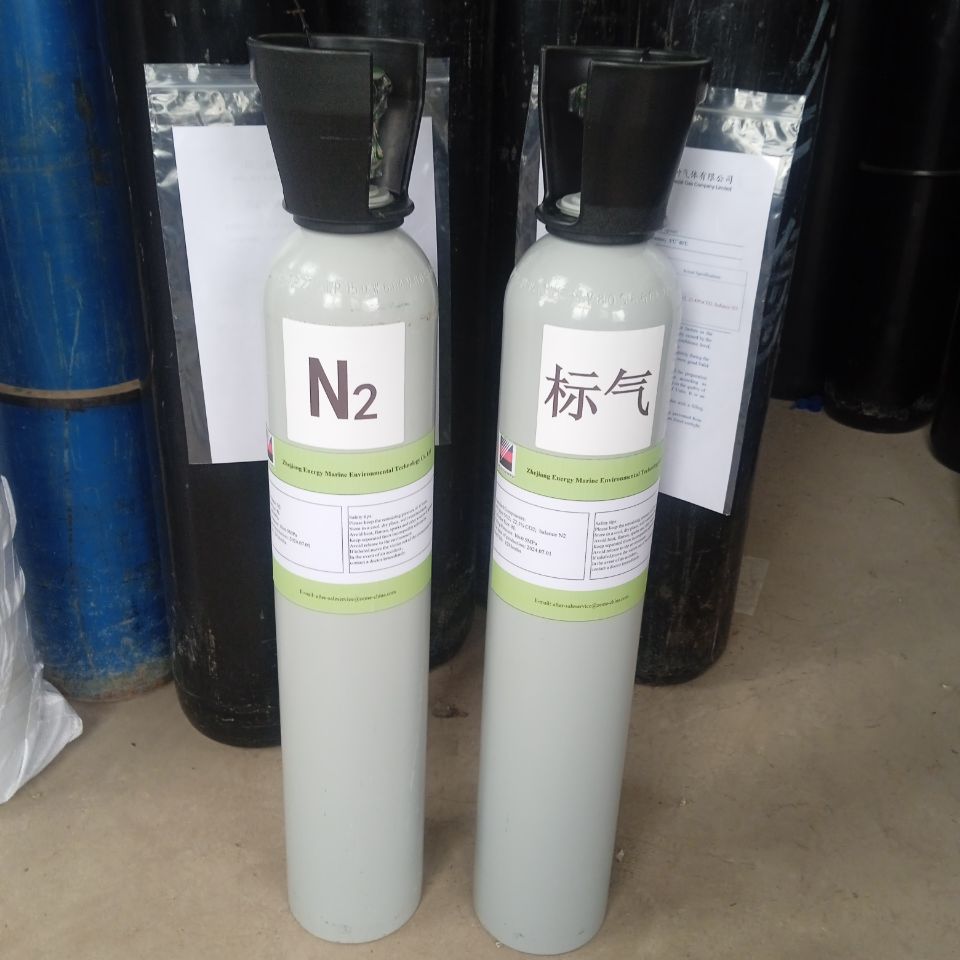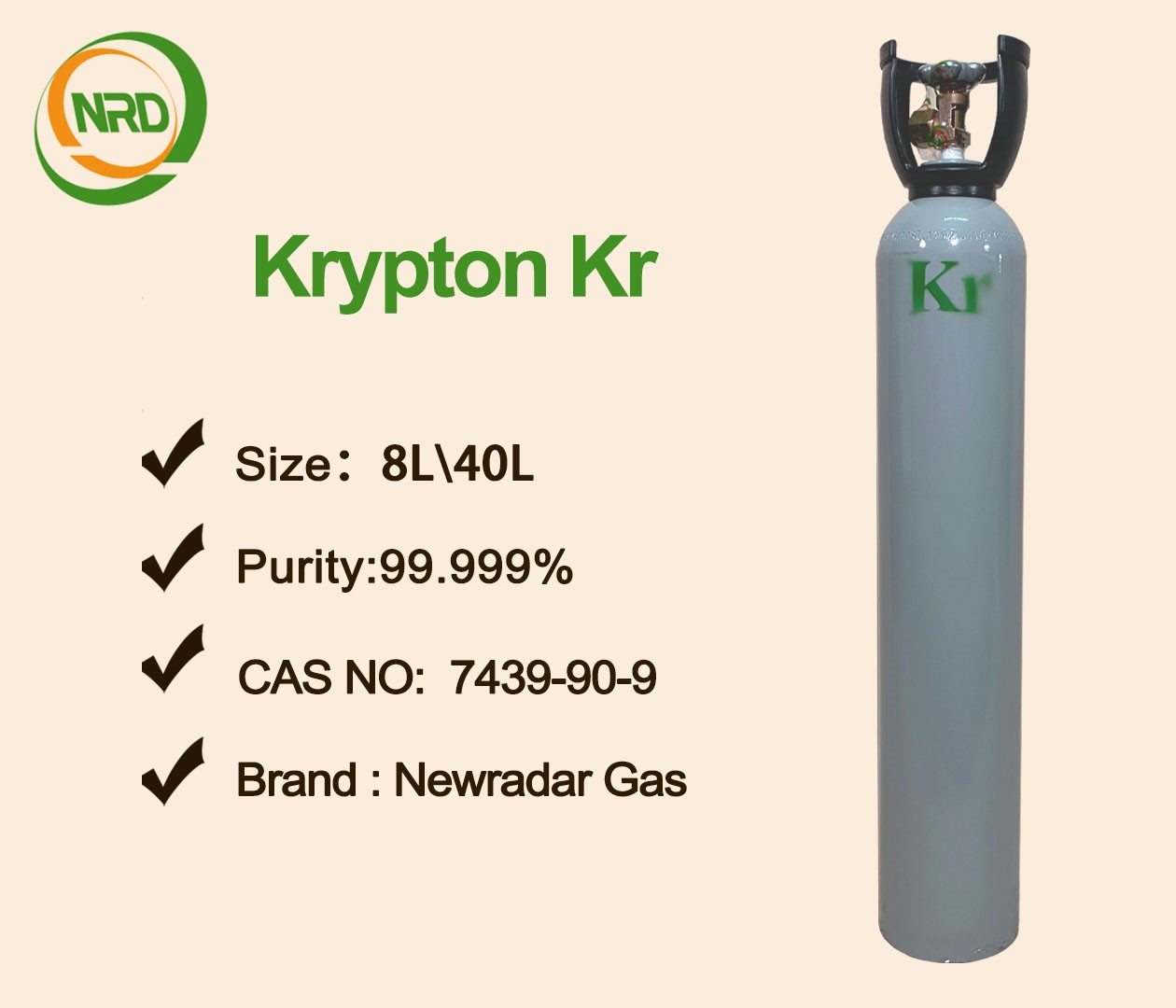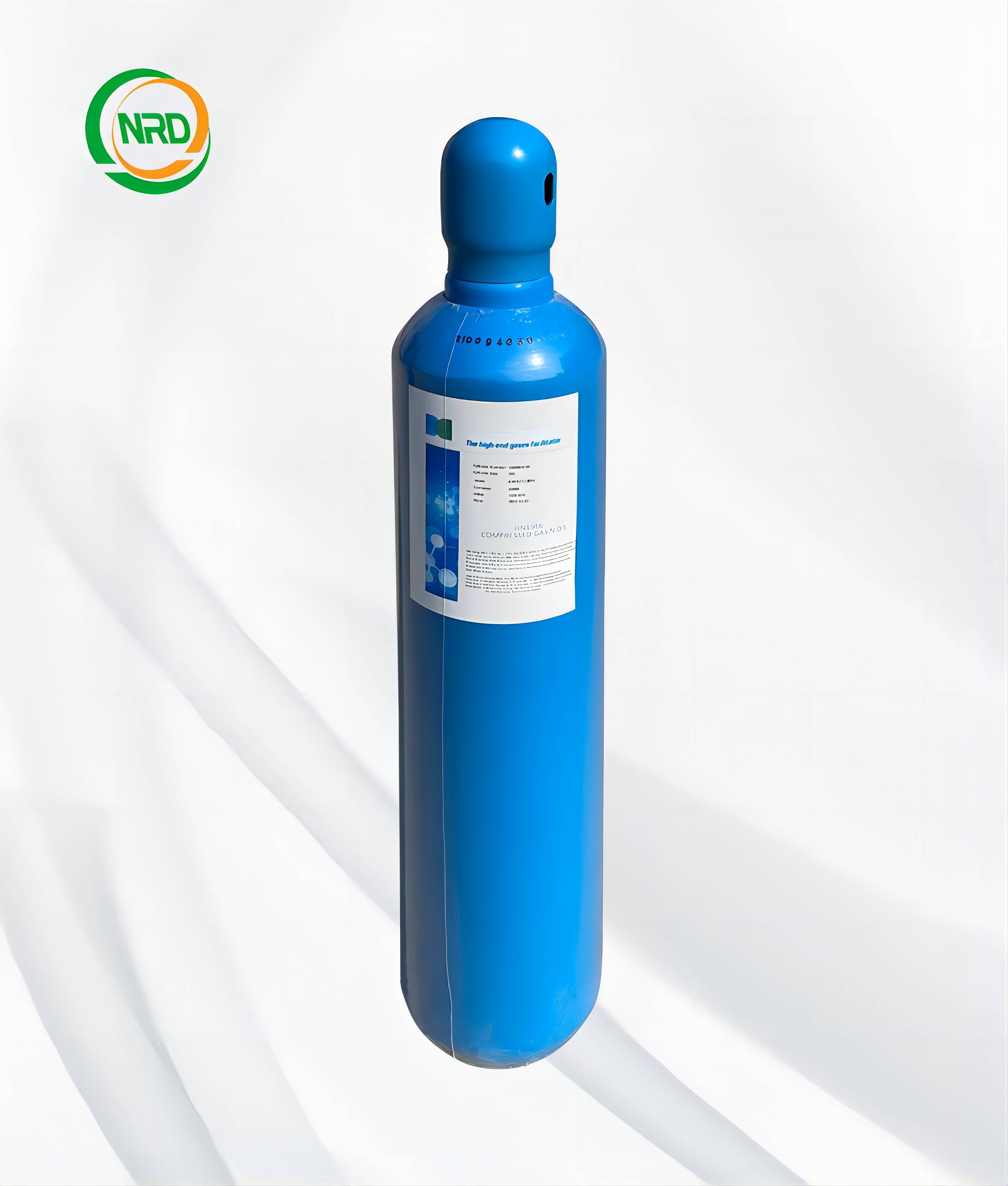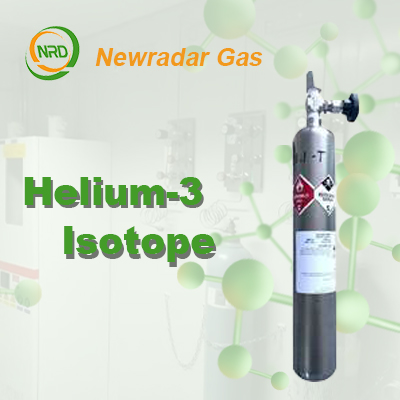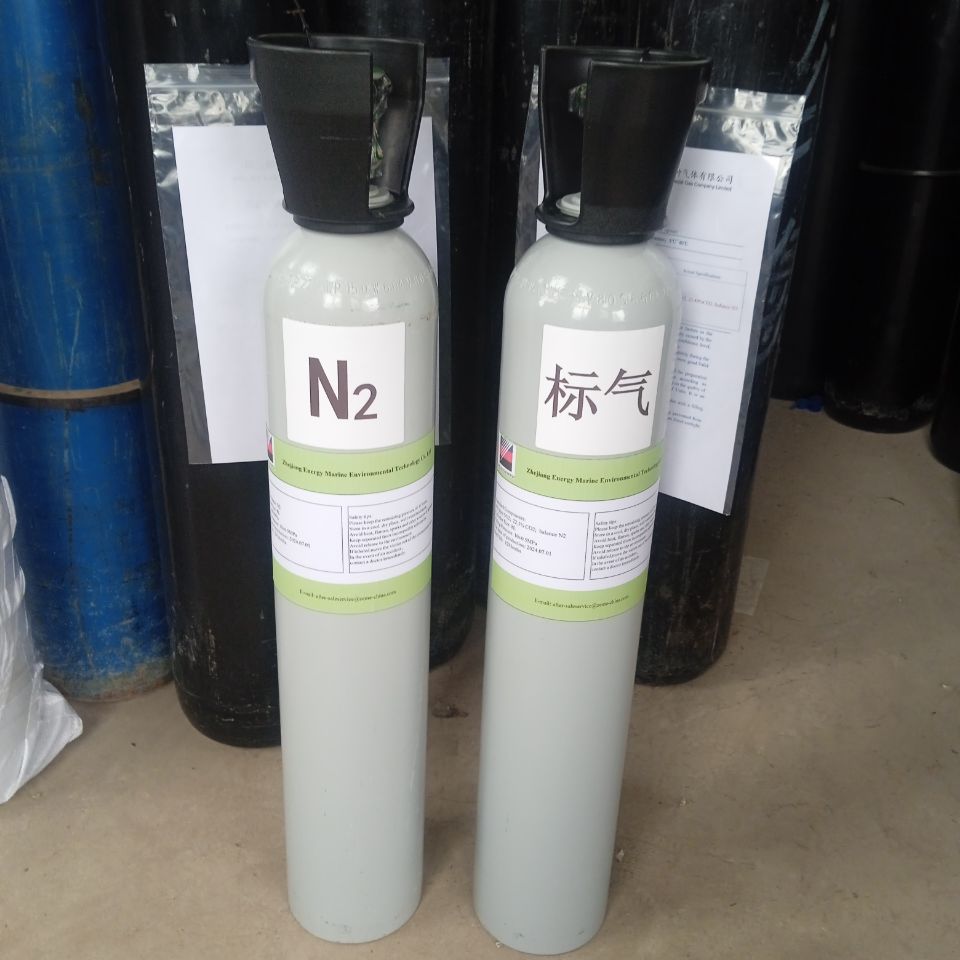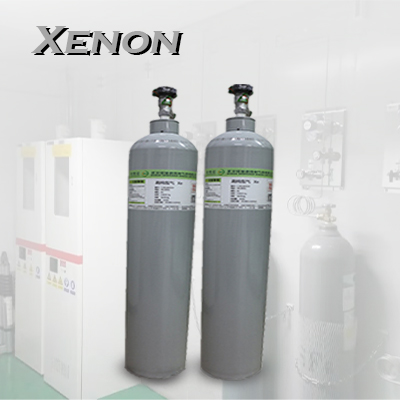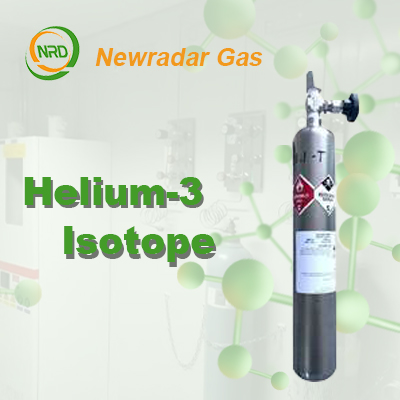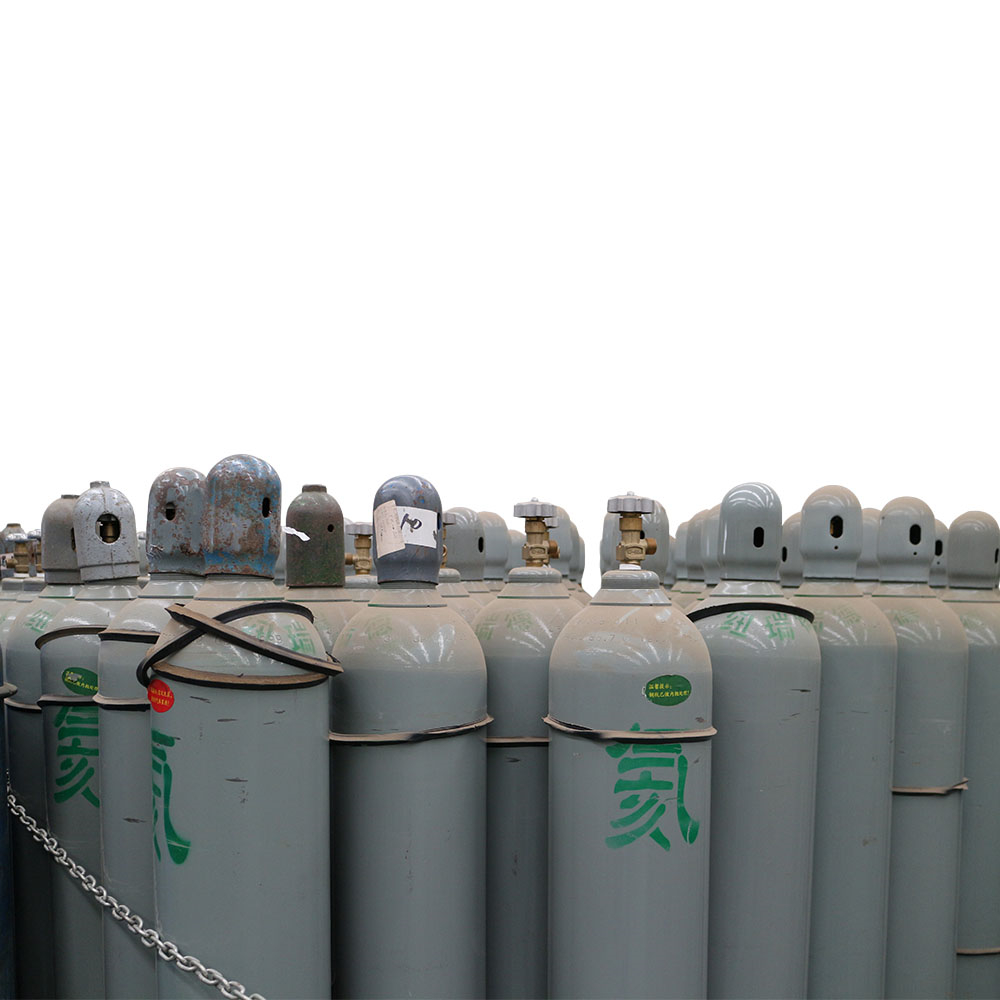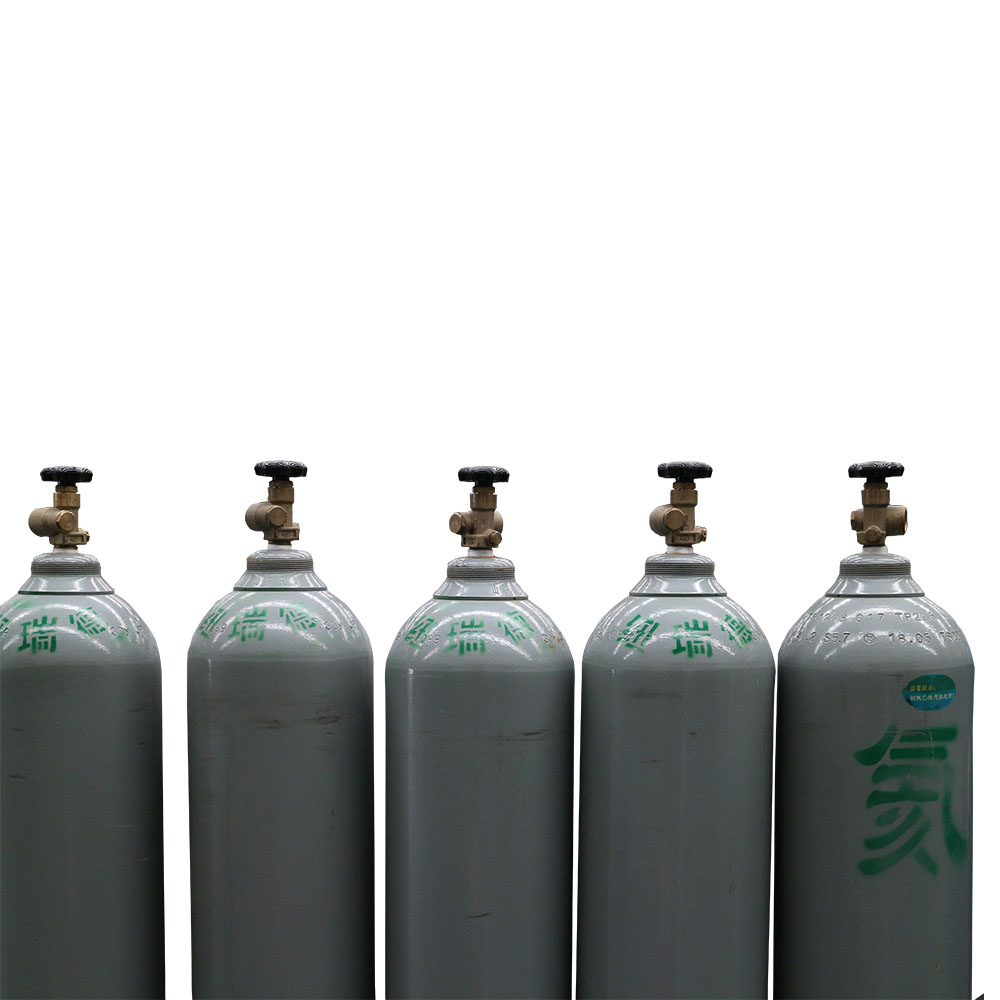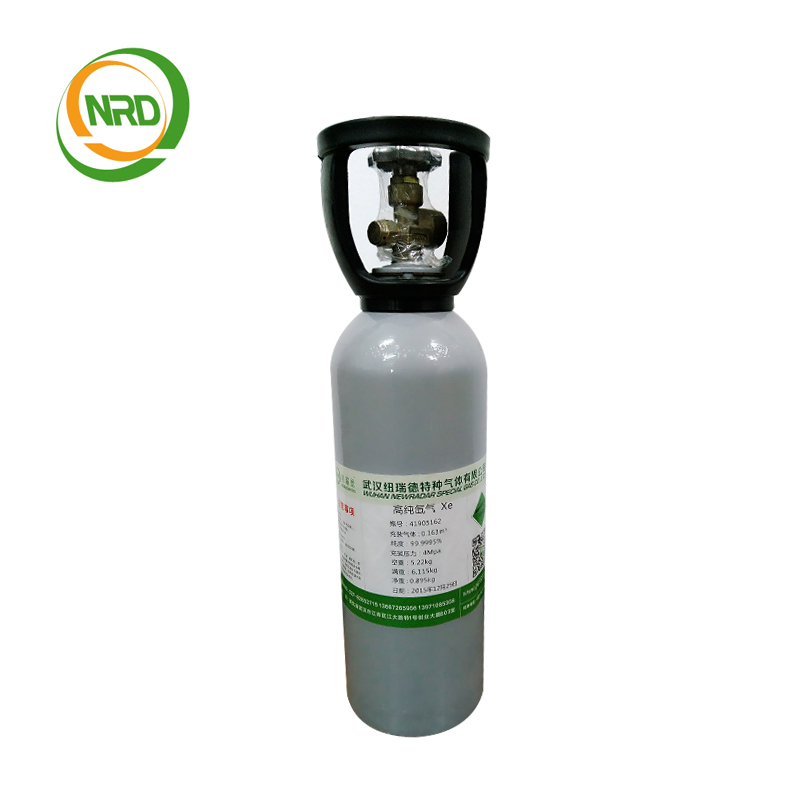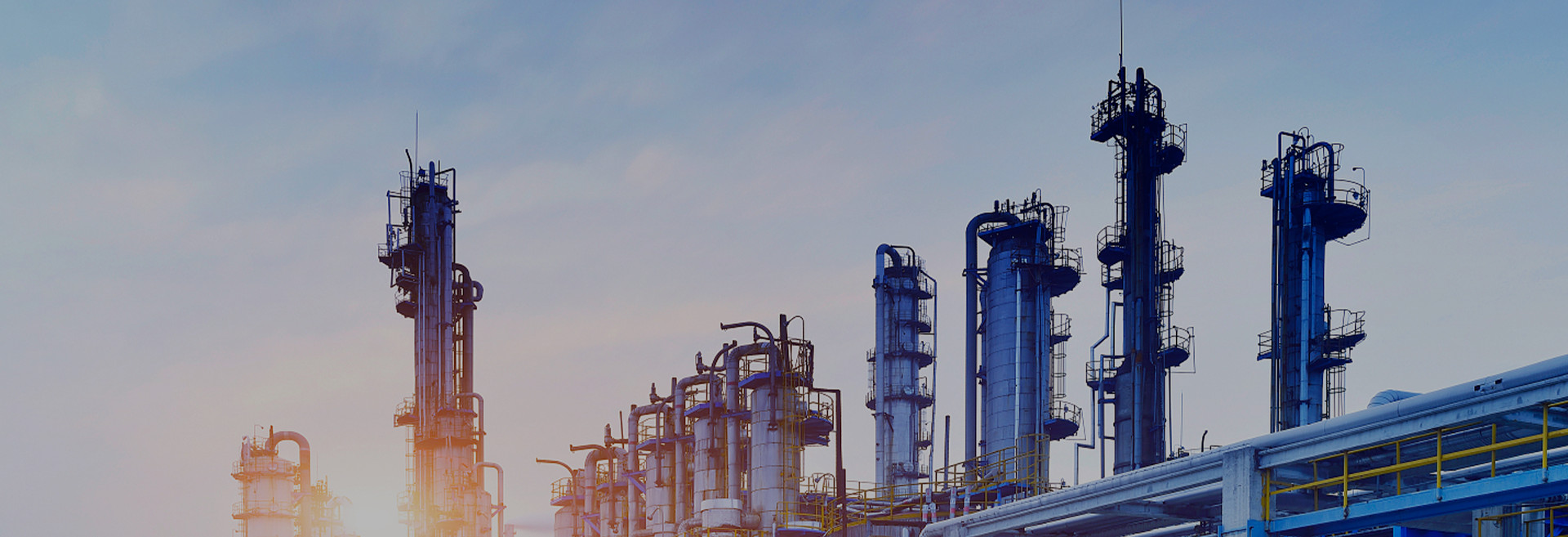
News
Learn more industry news
NEWS CENTer
Breaking Barriers in Excimer Laser Gas Mixtures: Next-Gen...
The Hidden Science Behind Excimer Gas Precision Excimer laser gas mixtures aren’t just blends—they’re quantum-level orchestrations. With modern applications demanding UV wavelengths stable within ±0.01nm, traditional mixing methods hit physical limits. Here’s how frontier technologies are pushing boundaries: Quantum Ca...
View MoreWhat is the impact on equipment calibration if the standa...
Expired standard gas may have the following effects on equipment calibration: First, it may lead to inaccurate reading of the equipment: The use of expired calibration gas for calibration may lead to inaccurate concentration values of the standard gas used for calibration, thus affecting the results of the equipment calibration, re...
View MoreHow to Choose a Reliable Krypton Gas Supplier
1. Possess the qualification of formal authority Can you choose krypton gas distribution manufacturers to cooperate with? In the case of time emergency, in order to solve the gas distribution problem faster, many customers and friends will have similar ideas. In fact, many gas distribution manufacturers not only do not have rich in...
View MoreThe composition of the laser mixture gases
Common components of excimer laser gas: 1. Nitrogen (N2):N2 is one of the most commonly used components in laser mixtures. It can provide a stable air pressure and cooling effect, while also enhancing the energy density of the laser beam. 2. Oxygen (O2):O2 is also a commonly used component in laser mixture. It can be mixed w...
View MoreO18 labeled carbon dioxide isotope
What is O18-labelled carbon dioxide? O18-labelled carbon dioxide is a type of carbon dioxide that contains the oxygen isotope 18O. What are the applications of O18-labelled carbon dioxide? By using O18-labelled carbon dioxide, scientists can trace and study the pathways of gas exchange during plant photosynthesis, as well as...
View MoreHelium-3: The top of the clean energy
Helium-3 has the following characteristics: Low radioactivity Helium-3 is a colorless, odorless, odorless, stable isotope of helium that is extremely low in radioactivity. This makes it a great advantage in many radiation-sensitive applications such as medicine, scientific research, and space exploration. Hyperfluidity Heliu...
View MoreThe Key factors in the selection of petrochemical calibra...
When choosing a petrochemical standard gas suitable for your needs, you can consider the following aspects: 1. Confirmation of numbering: Select standard gases with classification certificates and production licences holding the uniform number of the General Administration of Quality Supervision, Inspection and Quarantine. The numb...
View MoreRare gases: Rising stars for bright electro-optical appli...
I. Introduction to Rare Gases Rare gases are gases found in very small amounts in nature, including helium (He), neon (Ne), argon (Ar), krypton (Kr), xenon (Xe), and radon (Rn), to name but six elements. These rare gases are widely used because of their high stability, low chemical activity and very low boiling points. Among them, ...
View MoreHelium-3 Helium-4 separation technology
The helium-3 isotope is a rare isotope of helium that is found in very small amounts in the atmosphere, typically only 0.000137 per cent of helium. However, the helium-3 isotope has a wide range of applications, including magnetic resonance imaging, nuclear magnetic resonance and superconductivity. Two isotopes of helium exist in nature,...
View MoreCHF3: The versatility of the compound and its wide range ...
Trifluoromethane, a compound that we may not often hear about in our daily lives, actually has a wide range of applications and important roles. Also known as fluoroform and Freon-23, its English name is trifluoromethane, molecular formula is CHF3 and molecular weight is 70.0138. This compound has unique chemical properties and has indispe...
View MoreHigh purity helium properties
Molecular weight: 4.0026 Melting point (2555kPa): -272.1°C Boiling point (101.325kPa): -268.94℃ Liquid density (4.20K, 100.312kPa): 125.2kg/m3 Gas density (0 ℃, 101.325kPa): 0.1785kg/m3 Relative density (0 ℃, 101.325kPa, air = 1): 0.138 Specific volume (21.1℃, 101.325kPa): 6.0304m3/kg critical temperature: -268.0℃ Critical pr...
View MoreWhat is Xenon? Precautions for storing and transporting x...
Usually does not seem to be a very good understanding of some of the gas, in fact, he played a big role in life, although in life we are not scientists, nor researchers, are positive contact with these gases, but he developed things are applied to all aspects of our lives, can play an indirect contact process. 1. The formation of xenon...
View MoreINQUIRY FOR PRICE LIST
For inquiries about our products or pricelist ,please leave your email tous and we will be in touch within 24 hours.
Contact us now
